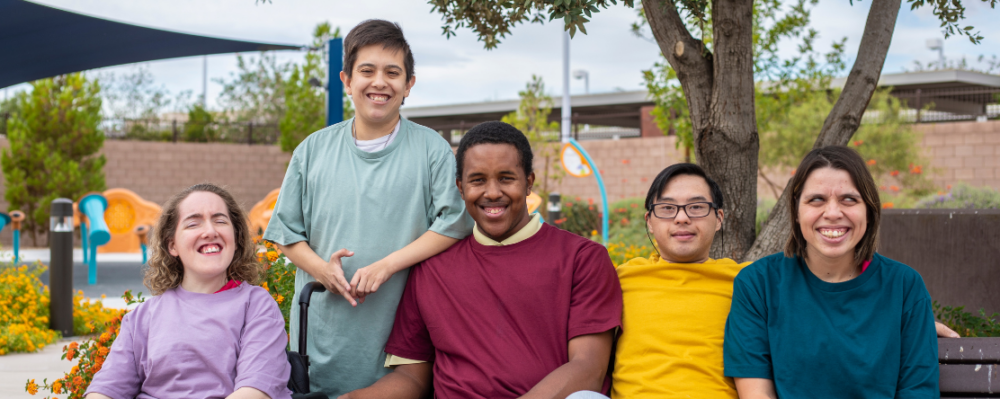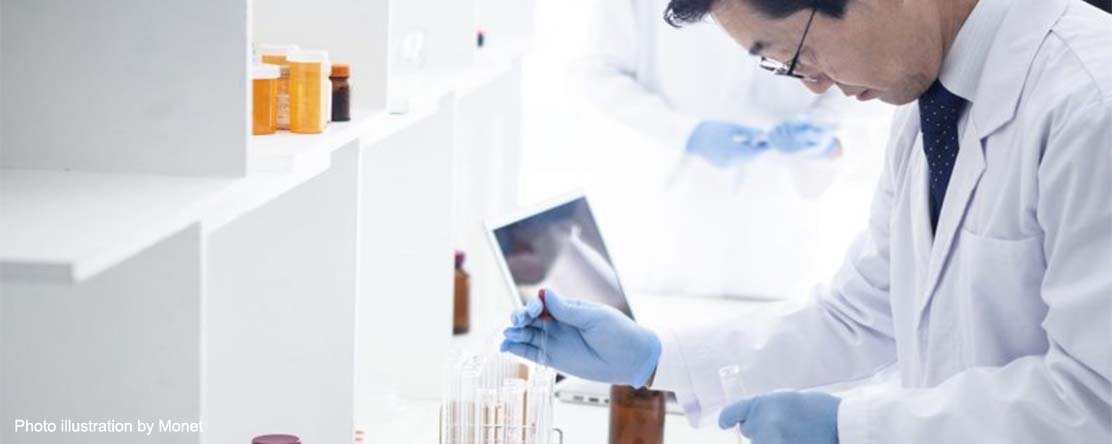
In the News
‘Green Chemistry’ Makes Products Safer. Here’s How California Can Do Better
-
Focus Areas
Environmental Health

On Tuesday February 12, 2019, Principal Investigator Gina Solomon, former director of PHI’s Achieving Resilient Communities (ARC) and PHI’s Science for Toxic Exposure Prevention, testified at the Joint Hearing on California’s Green Chemistry Program to call for a stronger Safer Consumer Products Program, based on her independent study of the program. As a result of Solomon’s study and her testimony, alongside that of environmental groups, environmental justice groups, labor and health organizations, legislators plan on introducing new legislation to enact some of the report recommendations.
See her testimony, read her op-ed on the program (below) and see the original report.
More information available here.
‘Green chemistry’ makes products safer. Here’s how California can do better
Californians’ demand for healthier products is part of a trend toward healthy living that has changed our expectations of chemistry.
We led the nation a decade ago by launching a Green Chemistry Initiative to advance the safer use of chemicals.
On Tuesday, the environment committees of the Senate and the Assembly convene to review the status of this important initiative, and its centerpiece, the Safer Consumer Products Program. This is a time to celebrate its successes—and call for stronger action to protect Californians.
The Safer Consumer Products Program was designed to deal with “chemical whack-a-mole.” In this real-life version of the carnival game, individual toxic chemicals are banned or regulated, only to be replaced by similar chemicals that have not been studied and can be just as hazardous.
Take flame retardants.
In 2002, California scientists discovered toxic flame retardants, known as polybrominated diphenyl ethers, PBDEs for short, in San Francisco Bay harbor seals, and in breast biopsy samples from California women.
PBDEs were linked to thyroid hormone disruption, neurological damage, and cancer. The Legislature banned most PBDEs the following year, but it soon became clear that other hazardous chemicals were replacing these toxicants in everything from furniture foam to children’s nap mats.
There is an alphabet soup of other toxic chemicals—from BPA to PCBs—that were removed from products, only to be replaced by toxic cousins. Parents may have thought their families were being protected, but many had no idea the replacement chemicals could be just as bad.
It was time for a new approach.
In 2008, then-Assemblymember Mike Feuer of Los Angeles and then-Senator Joe Simitian of Palo Alto carried legislation that established the Safer Consumer Products Program as the key component of the state’s Green Chemistry Initiative, to incentivize the use of safer chemicals in consumer products.
A recently completed independent study of the initiative, funded by the California Breast Cancer Research Program, found that California’s approach is important and innovative. However, after 10 years, much-needed improvements are needed:
Originally published by CALMatters
More Updates
Work With Us
You change the world. We do the rest. Explore fiscal sponsorship at PHI.
Support Us
Together, we can accelerate our response to public health’s most critical issues.
Find Employment
Begin your career at the Public Health Institute.



